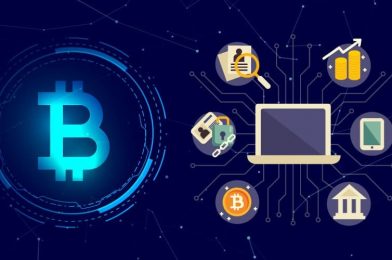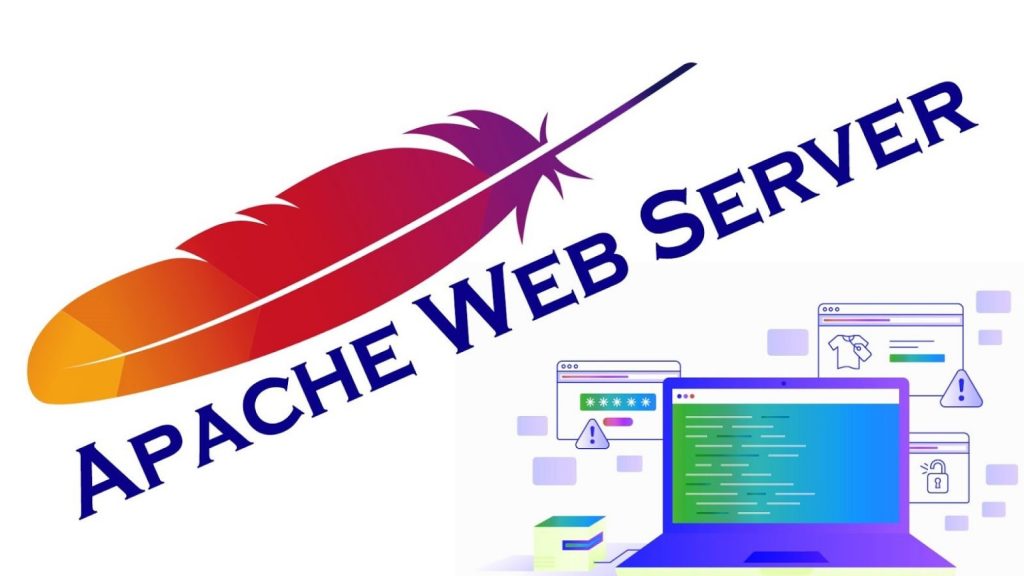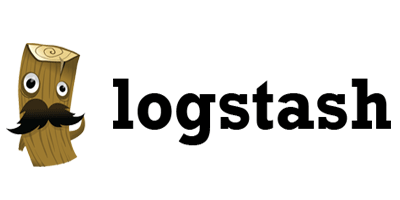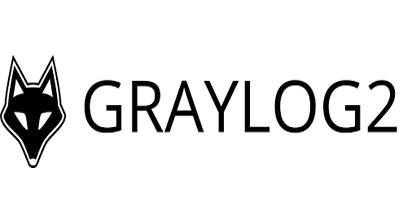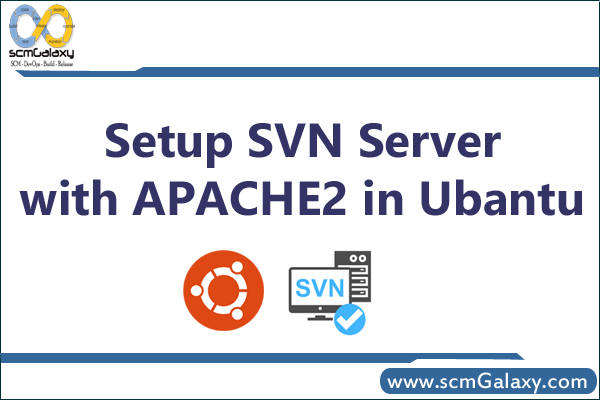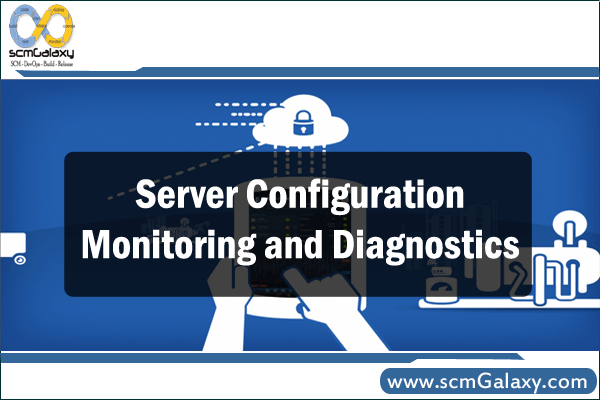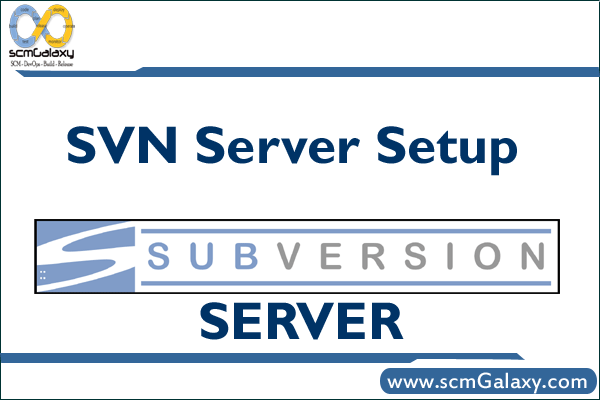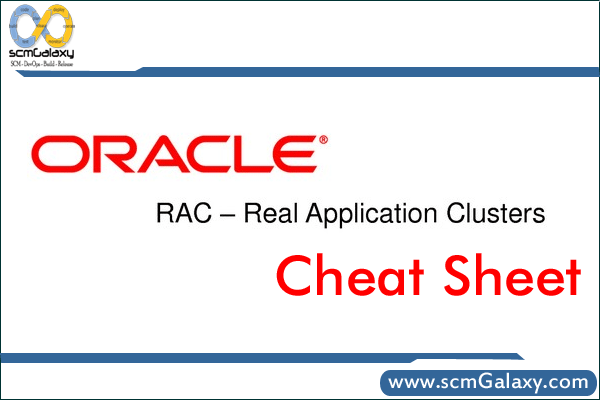Tutorials
In the simplest terms, Blockchain will be delineated as an information structure that holds transactional records and whereas making certain security, transparency, and decentralization. You’ll additionally think about it as a chain of records keep within the types of blocks that are controlled by no single authority.
What is BlockChain?
Blockchain can be defined as a chain of blocks that contains information. The technique is intended to timestamp digital documents so that it’s not possible to backdate them or temper them. The purpose of blockchain is to solve the double records problem without the need for a central server.

Why blockchain is important?
Business runs on data. The quicker it’s received and also the more accurate it’s, the better. Blockchain is ideal for delivering that data as a result of it provides immediate, shared and fully transparent data keep on an immutable ledger which will be accessed only by permission network members. A blockchain network will track orders, payments, accounts, production, and far more and since members share one view of the reality, you’ll be able to see all details of a transaction end-to-end, providing you with greater confidence, also as new efficiencies and opportunities.
How does it work?

Blockchain could be a system of recording data in an exceedingly means that produces it tough or not possible to vary, hack, or cheat the system. Each block within the chain contains a variety of transactions, and each time a brand new dealing happens on the blockchain, a record of that dealing is supplementary to each participant’s ledger.
Blockchain used for
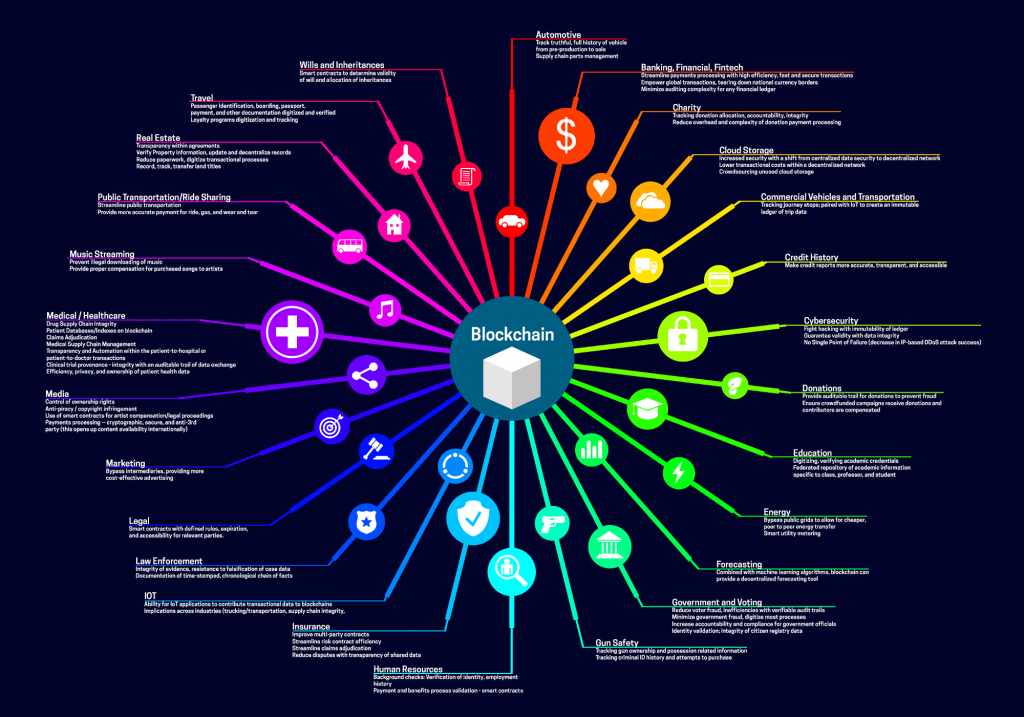
Blockchain could be a system of recording data in a very method that creates it tough or not possible to change, hack, or cheat the system. A blockchain is basically a digital ledger of transactions that are duplicated and distributed across the complete network of computer systems on the blockchain.
Benefits and needs of Blockchain:
Resilience: Blockchains are often replicated architecture. The chain is still operated by most nodes in the event of a massive attack against the system.
Time reduction: In the financial industry, blockchain can play a vital role by allowing the quicker settlement of trades as it does not need a lengthy process of verification, settlement, and clearance because a single version of agreed-upon data of the shared ledger is available between all stack holders.
Reliability: Blockchain certifies and verifies the identities of the interested parties. This removes double records, reducing rates, and accelerates transactions.
Unchangeable transactions: By registering transactions in chronological order, Blockchain certifies the unalterability, of all operations which means when any new block has been added to the chain of ledgers, it cannot be removed or modified.
Fraud prevention: The concepts of shared information and consensus prevent possible losses due to fraud or embezzlement. In logistics-based industries, blockchain as a monitoring mechanism act to reduce costs.
Security: Attacking a traditional database is the bringing down of a specific target. With the help of Distributed Ledger Technology, each party holds a copy of the original chain, so the system remains operative, even a large number of other nodes fall.
Transparency: Changes to public blockchains are publicly viewable to everyone. This offers greater transparency, and all transactions are immutable.
Collaboration: Allows parties to transact directly with each other without the need for mediating third parties.
Decentralized: There are standards rules on how every node exchanges the blockchain information. This method ensures that all transactions are validated, and all valid transactions are added one by one.
BlockChain applications to know:
- Secure sharing of medical data
- NFT marketplaces
- Music royalties tracking
- Cross-border payments
- Real-time IoT operating systems
- Personal identity security
- Anti-money laundering tracking system
- Supply chain and logistics monitoring
- Voting mechanism
- Advertising insights
- Original content creation
- Cryptocurrency exchange
- Real estate processing platform
Blockchain Course

In this course, we tend to are going to focus on the basics of Blockchain development and also the popular implementation of the technology referred to as Ethereum. By the top of this course, you may understand everything you would like to know to be productive with blockchain development as well as the way to created and put together your development environment from scratch.
Advantages of BlockChain
Here are some advantages of…
- With blockchain, your business process will be better protected with the help of a high level of security.
- The hacking threats against your business will also be reduced to a greater extent.
- As blockchain offers a decentralized platform, there is no need to pay for centralized entities or intermediaries’ services.
- Enterprise blockchain technology enables organizations to use different levels of accessibility.
- Organizations can do faster transactions with the help of blockchain.
- Account reconciliation can be automated.
- The transactions done are transparent and hence, easy to track.
What is the “Blockchain” Certification?
This certificate can give you with the chance to create a foundation towards turning into a strategic business partner inside your organization and together with your clients.
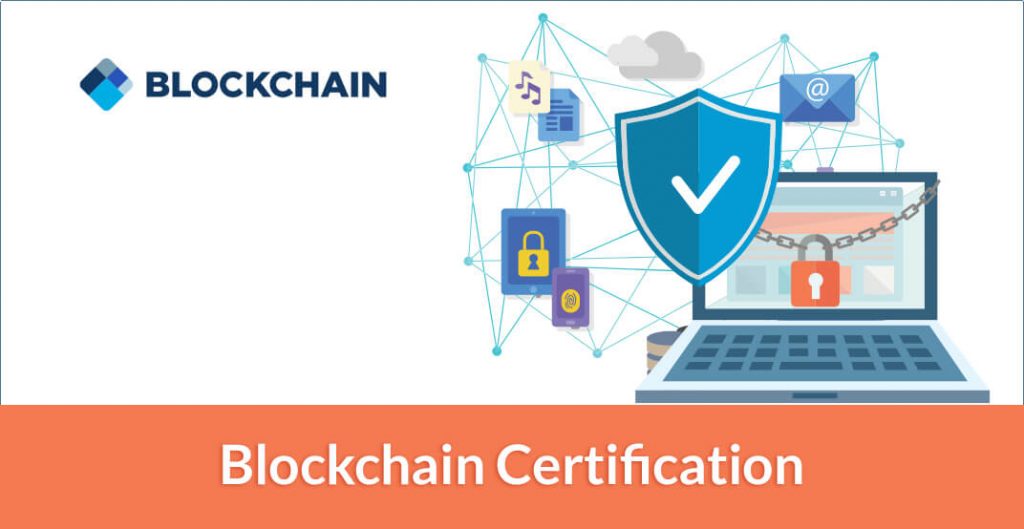
You may have heard of individuals implementing blockchain in several industries and taking this technology a lot of seriously in varied use cases, however, hardly you’ve got heard regarding the benefits of certification and a career in blockchain.
Scope of Blockchain:

Blockchain may be defined as a decentralized and distributed digital ledger that’s used to record transactions across several computers. In easy terms, we are able to contemplate any record inside Blockchain technology as a document shared with a group of individuals. (computers/servers that are also known as blocks).
Here you can see the Agenda of Blockchain:

Conclusion
In the Age of Technology, this is what democracy is supposed to look like. Not a day goes past that we do not hear laments about the stranglehold that big technology firms like Apple, Google, and Facebook have over our online identities. The Bitcoin is that the 1st productive implementation of blockchain. Today, the globe has found applications of blockchain technology in many industries, wherever trust while not the involvement of centralized authority is desired.
If you wanna learn about related this course, then I would suggest you go through DevOpsSchool courses which is a great platform to learn.
Thank you!
